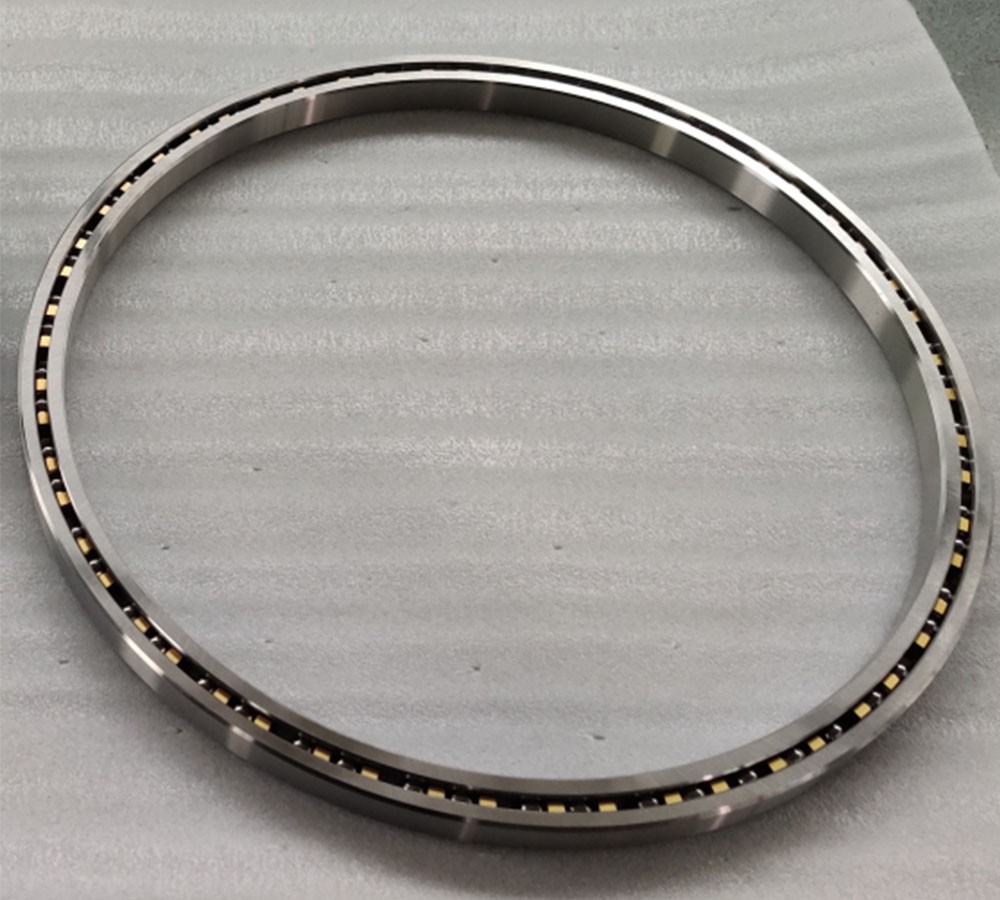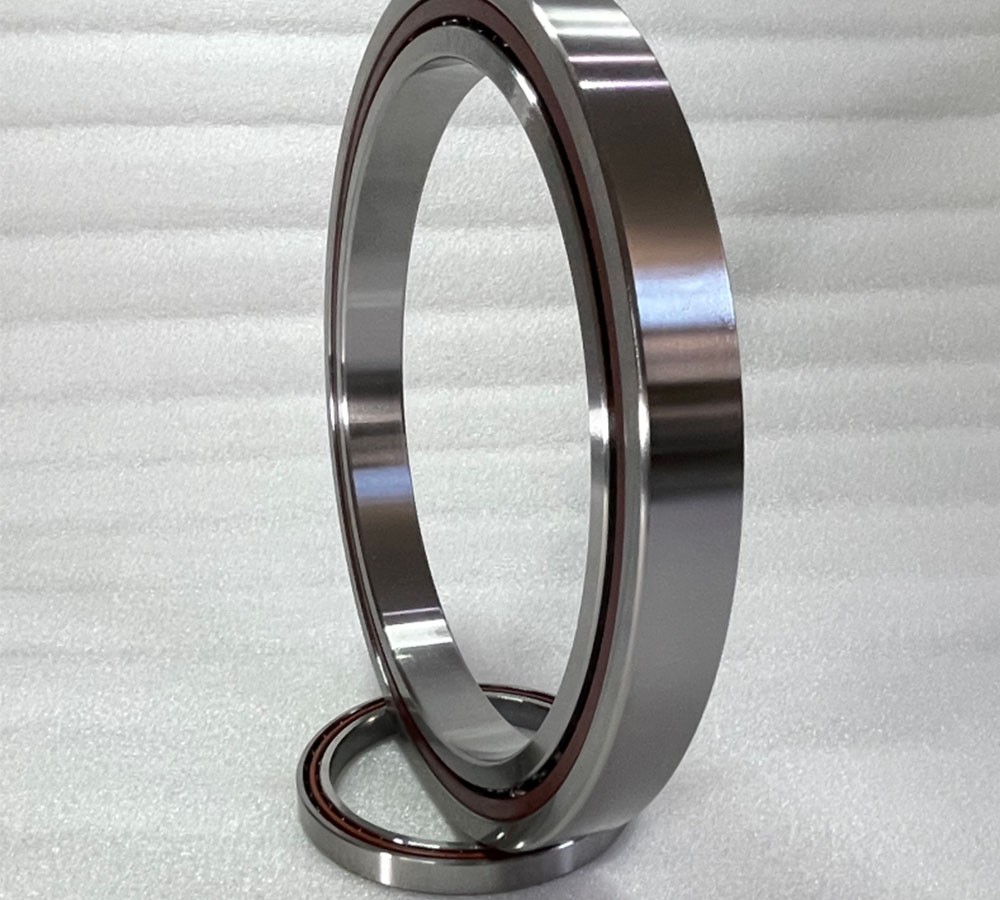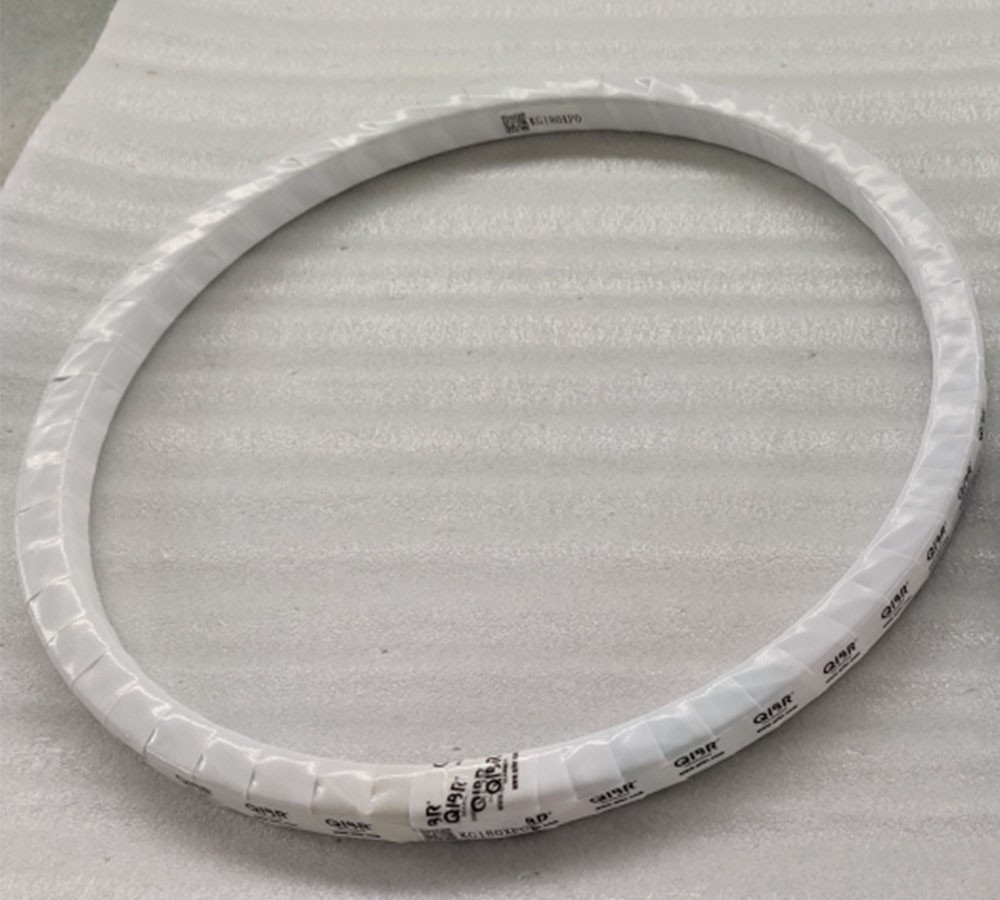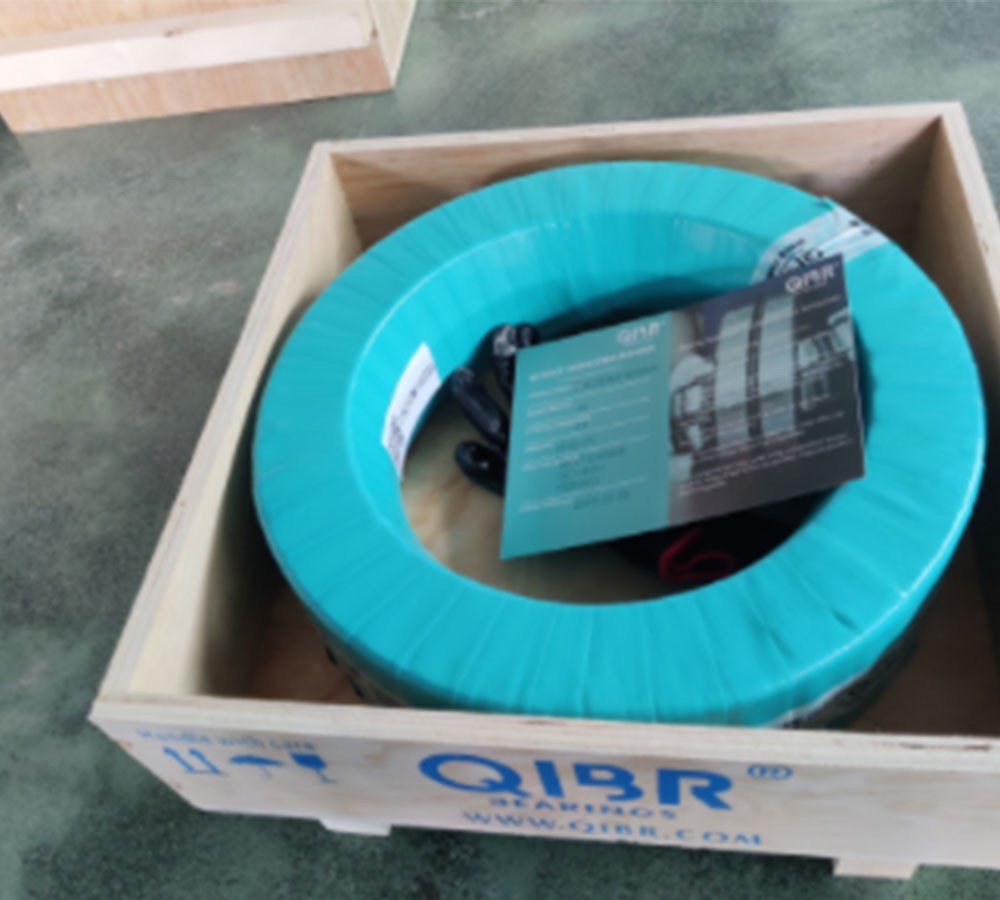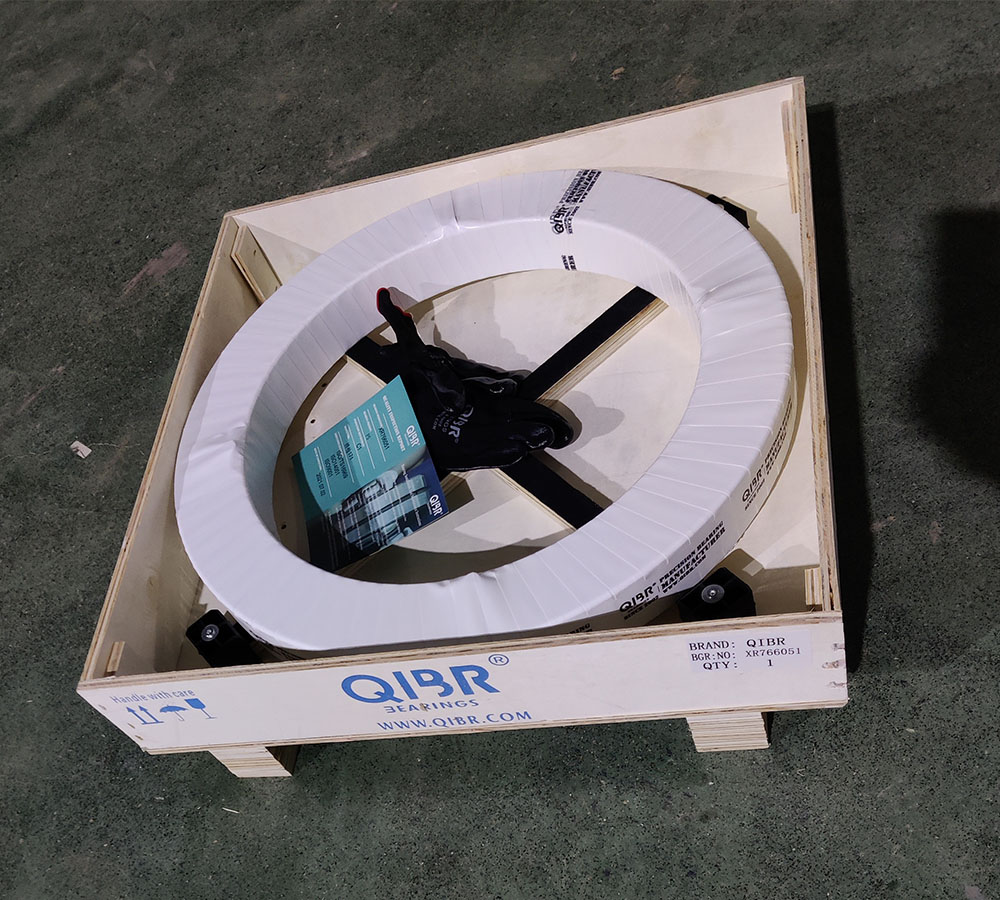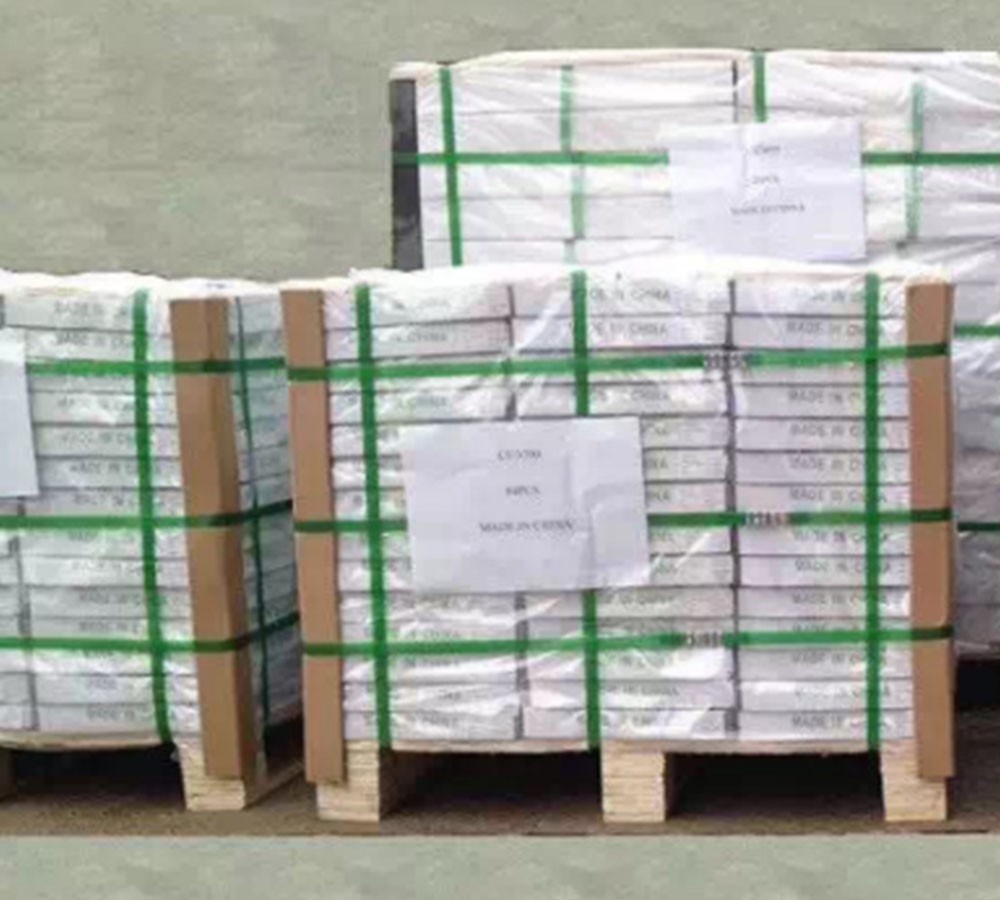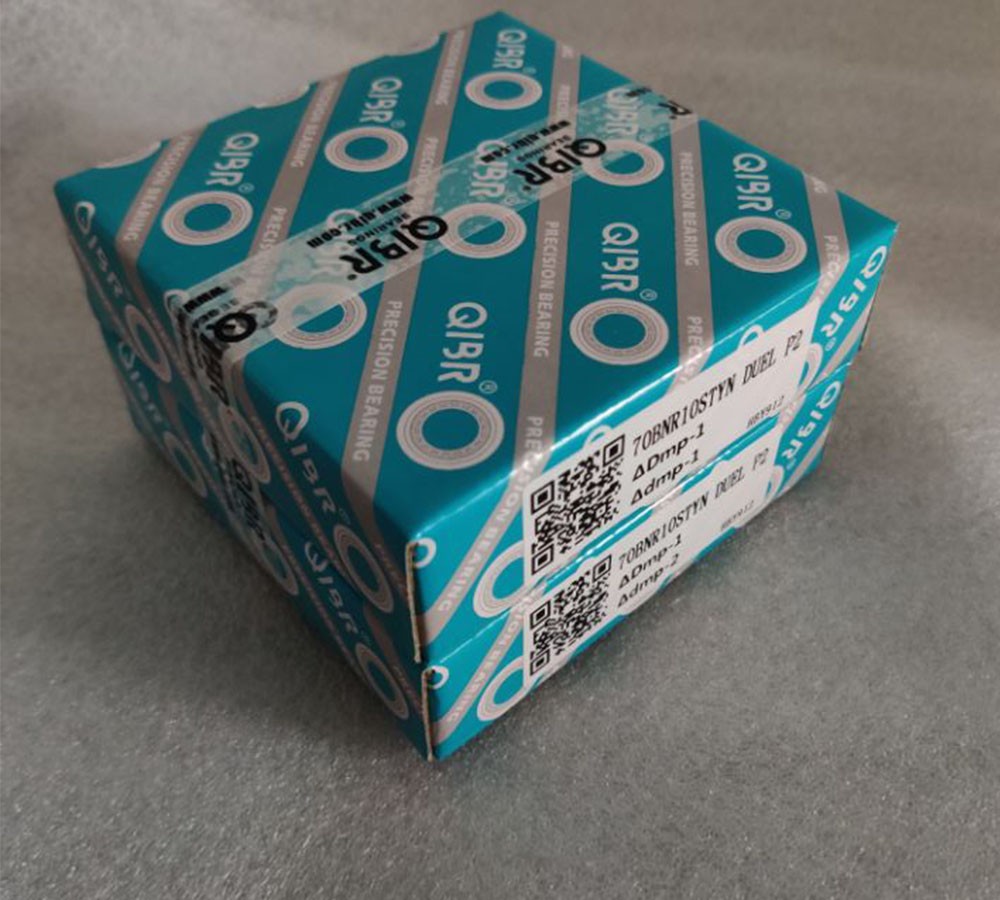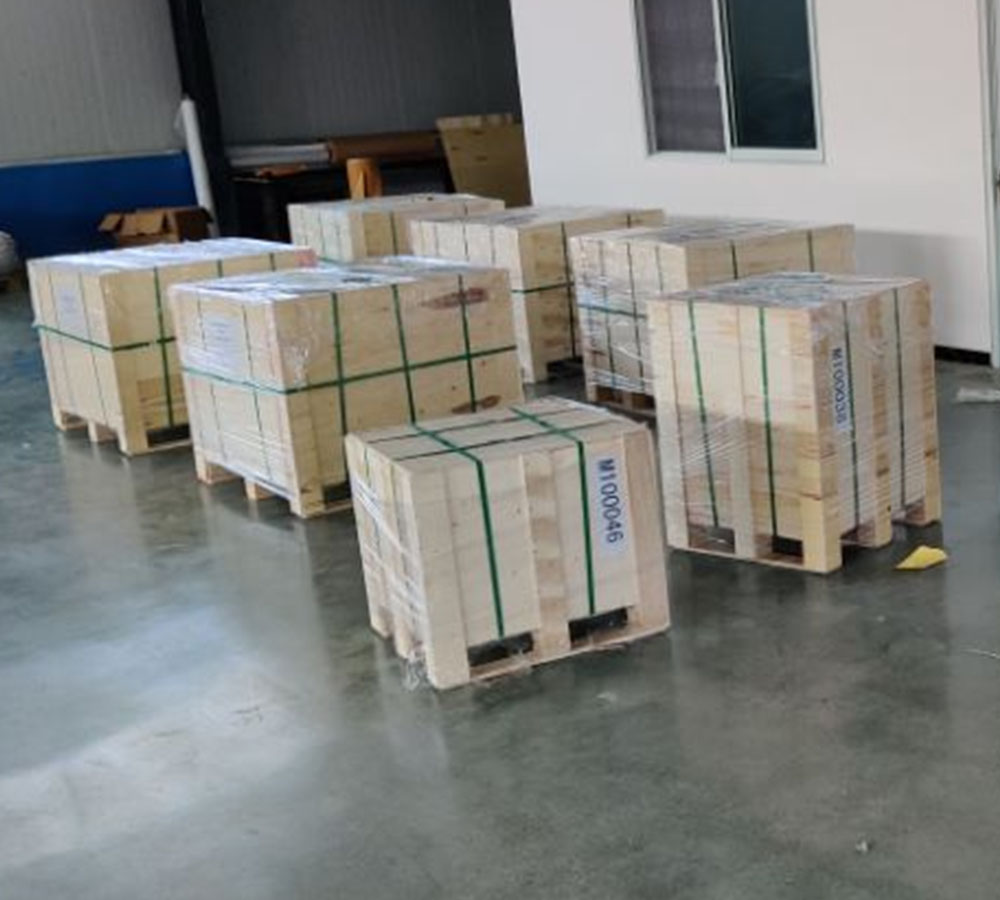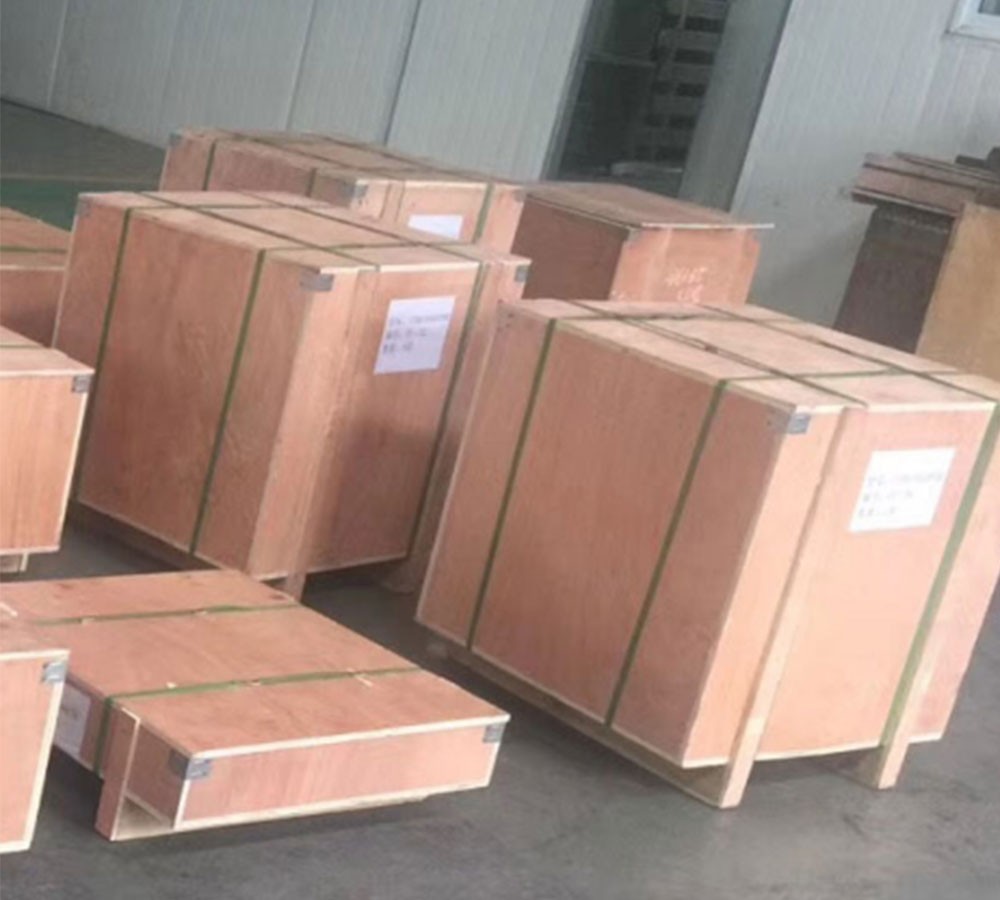Delivery of QIBR Thin Section Ball Bearings and Angular Contact Ball Bearings to a Customer in São Paulo, Brazil for Aerospace Satellites
- Continent
- Sourth America
- Country
- Brazil
- Date
- 2016-08-02
- Applications
- Aerospace - Satellites
Products Used
Thin-Section Ball Bearing
1. Lightweight Design: The thin section ball bearings feature an ultra-thin cross-section and use high-strength, lightweight materials. This reduces overall weight, improving fuel efficiency and load capacity.
2. High-Speed Capability: With a low friction coefficient, the thin-section ball bearings support high-speed operation, ensuring that rotating components in satellites remain stable during high-speed operation.
3. Excellent Vibration Absorption: These bearings offer outstanding rotational precision, suitable for the high-precision positioning and motion control required in satellites, ensuring stability and reliability in orbit.
Angular Contact Ball Bearing
1. High Load Capacity: The angular contact ball bearings create a specific contact angle between the rolling elements and the inner and outer rings, allowing them to simultaneously bear radial and significant axial loads, thereby enhancing load capacity.
2. High Rigidity: Manufactured from high-strength, wear-resistant materials, these bearings possess higher rigidity, maintaining stability during satellite operation.
Additional Notes:
The customer in Brazil has decided to purchase thin section ball bearings and angular contact ball bearings from QIBR to meet the precision and stability requirements of aerospace satellites. In the aerospace sector, precise positioning and stable operation of satellites are critical. The thin-walled ball bearings incorporate innovative design concepts to reduce weight, while strict precision control during manufacturing ensures stability and low friction during high-speed operation. Angular contact ball bearings are designed to operate under high load and high-speed conditions, enhancing the load capacity of the satellite. They reduce vibrations during operation, increasing system stability and improving precision control during the satellite's orbital operation.



